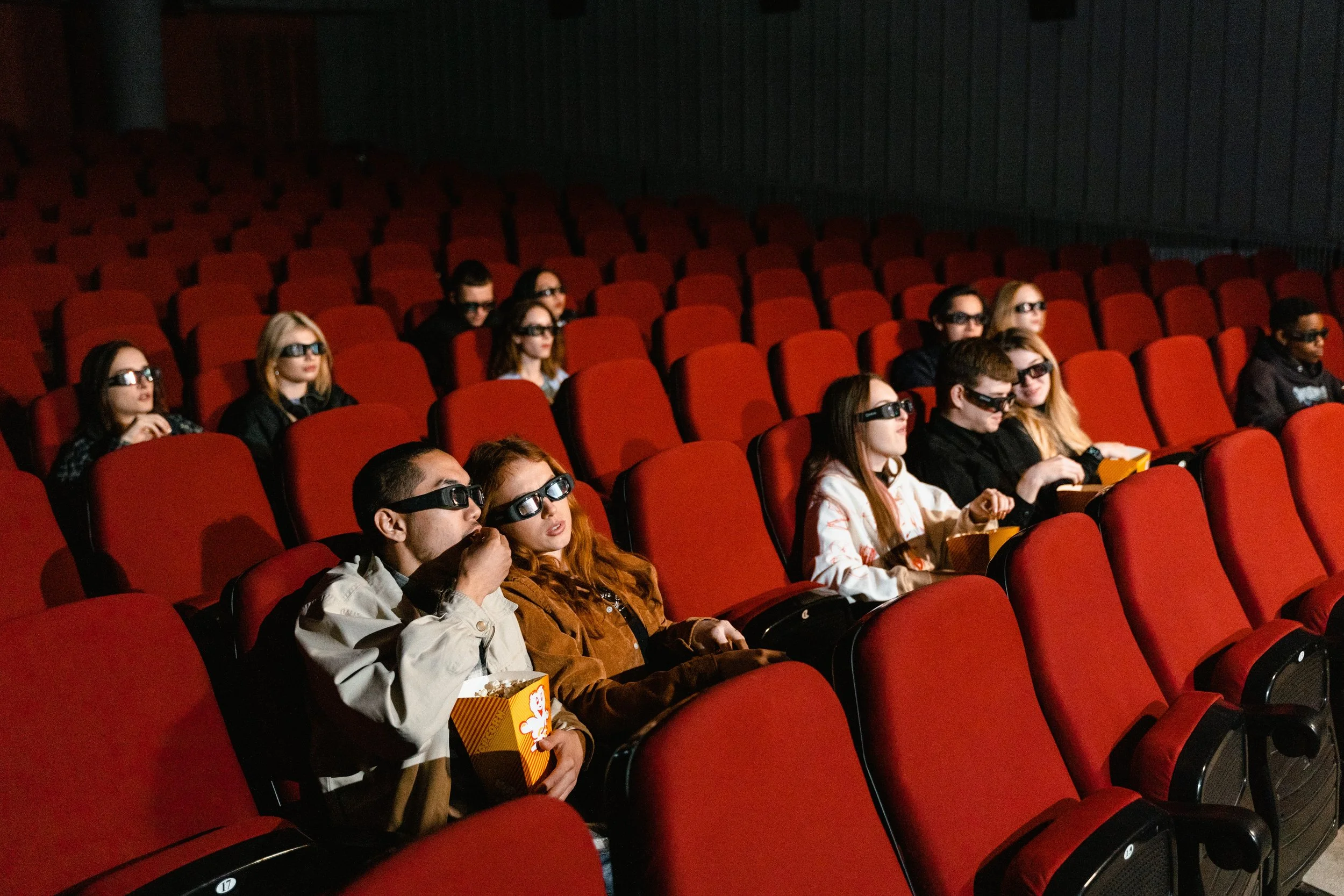The Guelph-based restaurant and ramen kit creators reflect on their recent achievements
By: Talia Saley
Crafty Ramen home-made kits displayed on their website. (Courtesy of Crafty Ramen Market Inc.)
When Miki Ferrall moved from Japan to Canada in 2016, she felt there wasn’t a restaurant that made her feel at home. When reminded of Japan, she felt levels of homesickness and wanted this restaurant to re-create a space that felt like home. So she decided to open her own place with her husband, Jared Farrell. The pair opened their first location in Guelph, Ont., in 2017.
“We wanted them to feel comfortable to try our ramen and share the Japanese culture,” said Miki Ferrall.
Khalil Khamis, the chief executive officer of Crafty Ramen started as a loyal customer before joining the team.
“As a single guy after a long day of work, I would stop in and sit at the bar, and it would feel like home,” said Khamis.
After many conversations, Khamis partnered with the couple to further expand the business. When the company opened their second location in Kitchener, Ont., in 2019, they faced universal troubles that came with running a business during the COVID-19 pandemic.
After observing other strategies businesses have shifted to doing in order to counteract losses, they decided to begin their own at-home meal kits. Crafty Ramen aimed to “help bring that experience home” to their consumers throughout quarantine.
How it works and how it has grown
Ramen kit descriptions listed on their website (Source: Crafty Ramen website)
Customers can subscribe to Crafty Ramen to receive meal kit deliveries every couple of weeks, ranging from every one to eight weeks. Buyers must secure four to six items to proceed with their purchase at a starting price of $65.26 for a minimum of four meal kits.
On the website, there is a section that leads to written instructions on how to build the kit, along with YouTube tutorials. When customers open the package, it comes with all of the separate ingredients which they must assemble together.
Crafty Ramen started by making around 200 meal kits for daily pickups. As soon as the meal kits were added to their website, customer reactions were extremely positive. Inter-province customers even began requesting for the company to ship kits to their location. Recently, Crafty Ramen has expanded their delivery service locations out to British Columbia.
“The base over here is really we have a very strong customer community,” said Miki Ferrall.
In 2020, Crafty Ramen started to build its e-commerce website, now reaching around 1000 subscribers for their meal kit products. Their meal kits are available in more than 150 grocery stores across Ontario.
In the near future, Crafty Ramen is planning on shipping its products to towns around Vancouver. The company is also planning on opening another location in Toronto, specifically in the Ossington area.
With the success of their new products, including the at-home ramen kits and other unique additions, such as their brothless ramen, gyoza and sausage kits, they are continuously trying to improve to spread their brand. They are using social media through paid social posts, as well as organic engagement through influencer outreach.
Crafty Ramen is also making efforts to better its environmental footprint. Instead of using gel packs for delivering their meal kits, for example, they switched to using dry ice after receiving feedback from customers. The liners for their packaging are made from 100 per cent recycled water bottles. Instead of viewing feedback negatively, Crafty Ramen try to use it as a means to improve on “some of the parts that some of [their] customers might not be happy with.”
After the development of the company both in person and online, they have noticed how dine-in customers will eat in and take a meal kit with them home. Some customers have encouraged Crafty Ramen to open a restaurant in their city after tasting the at-home meal kits.
Crafty Ramen enters the ‘Den’
Crafty Ramen’s founders, Miki and Jared Ferrall, and chief executive officer, Khalil Khamis on Dragons’ Den. (Courtesy of Crafty Ramen Market Inc.)
When Miki Ferrall was in Japan, she grew up watching The Tigers of Money, the original incarnation of CBC’s Dragons’ Den. She said she was excited to appear on a similar TV show that she grew up watching.
“I just got so excited about just all the time I was smiling, it was a super fun day,” said Miki Ferrall.
Khamis mentioned how the experience meant a lot to him as he grew up watching Dragons’ Den and Shark Tank as an entrepreneur.
The application process started with an online questionnaire and a one-minute pitch video. Even after getting accepted to air on Dragons’ Den, the team from CBC helped to prepare and refine their pitch to be ready for the show.
On Dragons’ Den, Crafty Ramen asked the dragons for $600,000 in exchange for 6.5 per cent of the business. They ended up going with the deal from Arlene Dickinson for $600,000 with 12 per cent of the company.
Let’s hope Crafty Ramen will continue to deliver their homey experience to bring joy to consumers across Canada for years to come.














